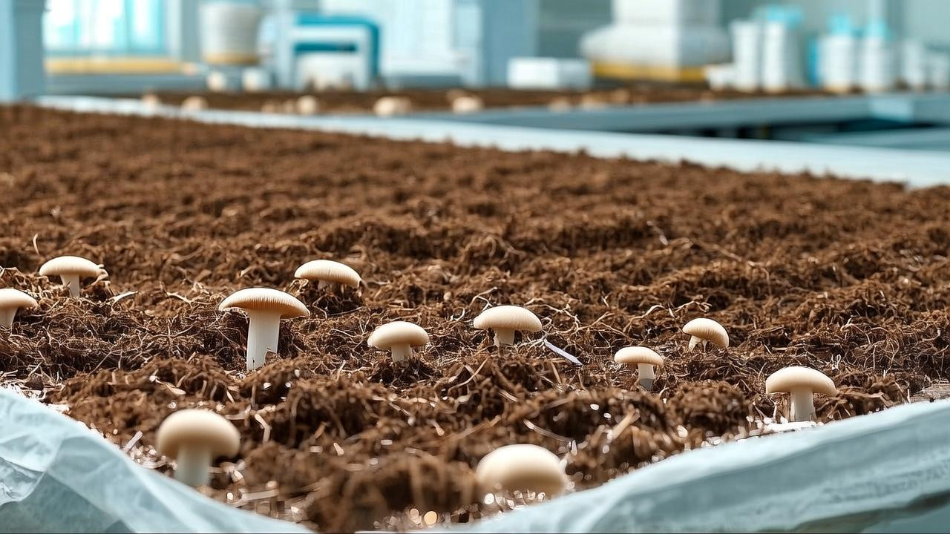In the vast panorama of superfoods, mushrooms occupy a unique and often overlooked position. These extraordinary organisms, halfway between the plant and animal kingdoms, possess nutritional and medicinal properties that few other foods can match. In this article, we'll explore in detail which mushrooms are superfoods, analyzing their chemical composition, scientifically proven benefits, and how to best integrate them into our daily diet.
Walking through the pine forests on a cool autumn morning, you might be lucky enough to encounter one of nature's most beautiful sights: a small group of Lattarini mushrooms emerging from the ground, their orange caps like tiny suns among the leaves. This mushroom, scientifically called Lactarius deliciosus or Lattarino, is a favorite among mushroom hunters, not only for its delicate flavor but also for the joy of discovering it.
If you're a mushroom grower, you already know that the casing layer is one of the most discussed and, at the same time, most misunderstood elements in mycoculture. Some consider it a simple protective layer, others treat it as a true secondary substrate. The truth is that the casing layer is a biological microcosm, a dynamic environment where humidity, pH, physical structure, and microbiology come together to create the ideal conditions for fruiting.











 - Caratteristiche del Lattice, Habitat, Ricette Tipiche_950.jpeg)
